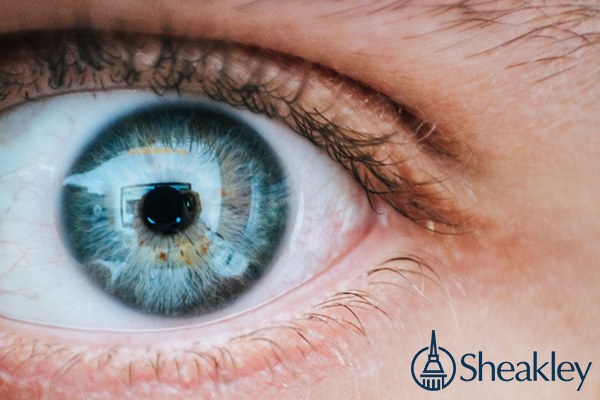Reading time 3 Mins
Published on Sep 21
Share
Protecting your employees’ vision in the workplace
The health and safety of your employees’ vision is a primary concern for you and your employees. Taking the time to ensure that your company is providing the necessary eye protection for your employees is only part of the solution. You must also educate your employees about the dangers in the workplace and stress the importance of using the provided eye protection. Read on to learn more about workplace eye safety and how you can help protect the vision of your employees.
Eye safety hazards
Workplace eye protection is needed when the following potential eye hazards are present:
- Projectiles (dust, concrete, metal, wood and other particles)
- Chemicals (splashes and fumes)
- Radiation (especially visible light, ultraviolet radiation, heat or infrared radiation, and lasers)
- Bloodborne pathogens (hepatitis or HIV) from blood and body fluids
Some working conditions include multiple eye hazards. The proper eye protection takes all hazards into account.
Digital eye strain
Digital Eye Strain describes a group of eye and vision-related problems that result from prolonged computer, tablet, and cell phone use. The average American worker spends seven hours a day on the computer either in the office or working from home. Avoiding digital eye strain in the workplace doesn’t have to be a pain. Following the 20-20-20 rule is a proven way to reduce your risk for eye strain; take a 20-second break to view something 20 feet away every 20 minutes.
Know the risks
Occupations with a high risk for eye injuries include construction, manufacturing, plumbing, welding, electrical work, auto repair, carpentry, and mining. The type of safety eye protection you should wear depends on the hazards in your workplace:
- If you are working in an area that has particles, flying objects or dust, you must at least wear safety glasses with side protection, or side shields.
- If you are working with chemicals, you must wear goggles.
- If you are work in an industry that puts you near hazardous radiation, such as welding, lasers or fiber optics, special-purpose safety glasses, goggles, face shields or helmets designed for that task help protect your eyes.
Providing eye protection in conditions where dust, chips, or flying particles pose a risk, safety glasses, like goggles, are one of the most common eye safety measures. Side shields and wraparound-style glasses provided an added layer of protection. Although safety lenses are available in a variety of materials, polycarbonate lenses provide the highest level of protection from impact.
Face shields protect workers exposed to chemicals, heat or blood-borne pathogens. Helmets are used for welding or working with molten materials. Face shields and helmets should not be the only protective eyewear. They need to be used in conjunction with safety glasses or goggles, so the eyes are protected when the shield is lifted. Helmets or goggles with special filters to protect the eyes from optical radiation exposure should be used for welding or working with lasers.
Protect the sight of your employees
Sheakley’s Workforce Management Services team can help you implement workplace eye safety measures to protect the vision health of your employees. To learn more about other important safety issues, visit Sheakley’s calendar of safety-related webinars and training events.
Get your free consultation today with an expert from Sheakley. Stay up-to-date on all things Sheakley by subscribing to our blog and following us on social media. Join in the discussion by commenting below.




